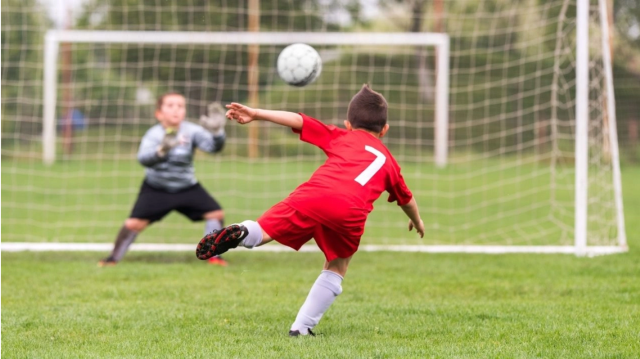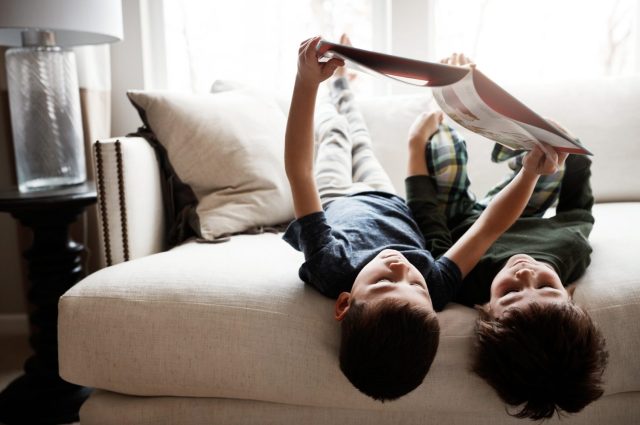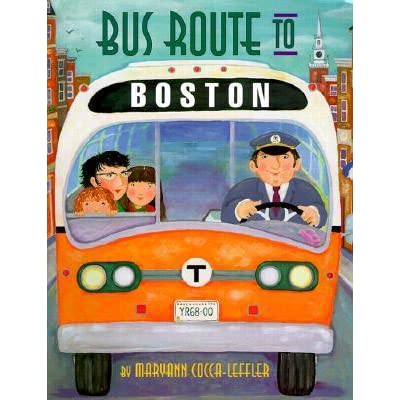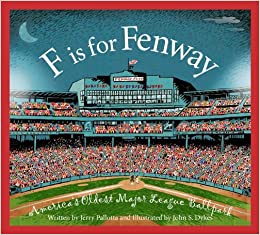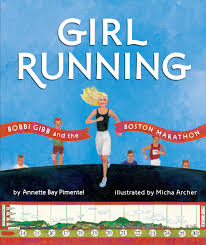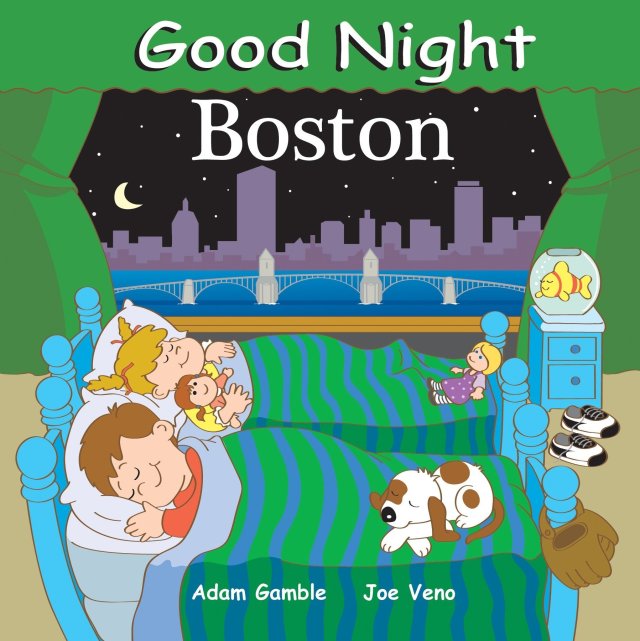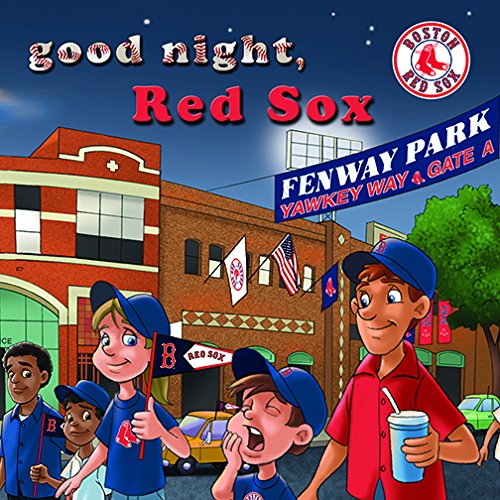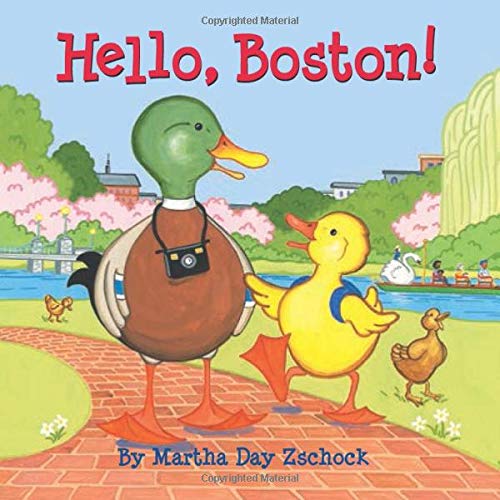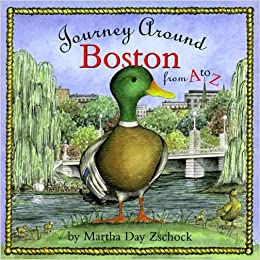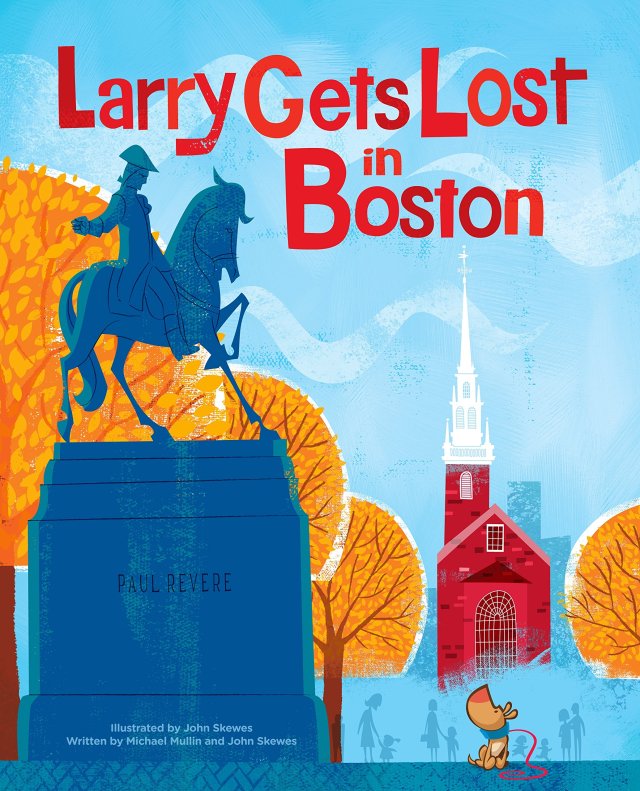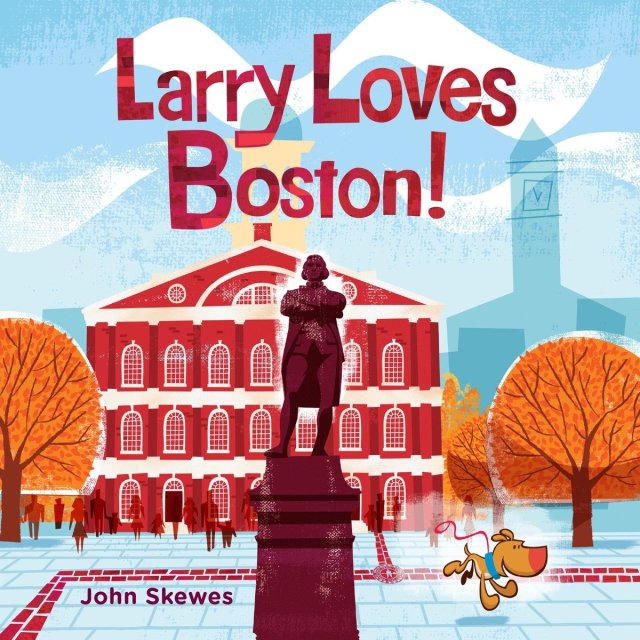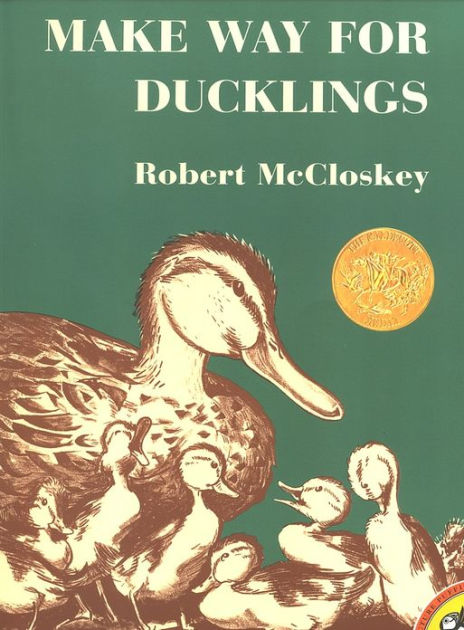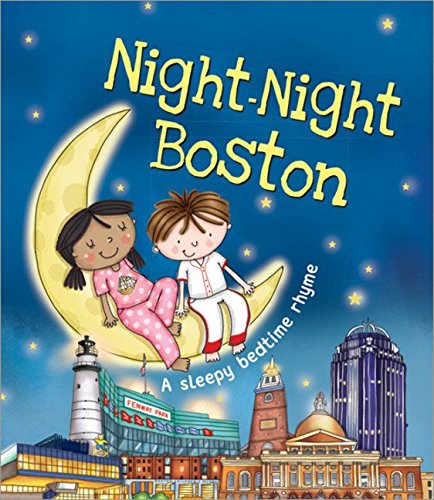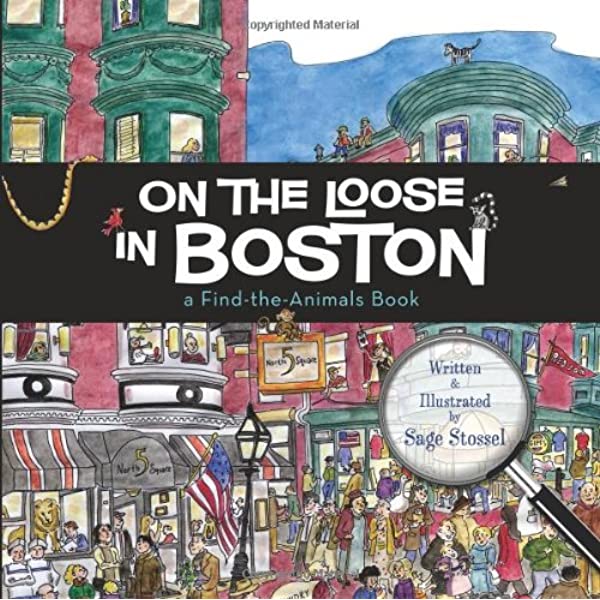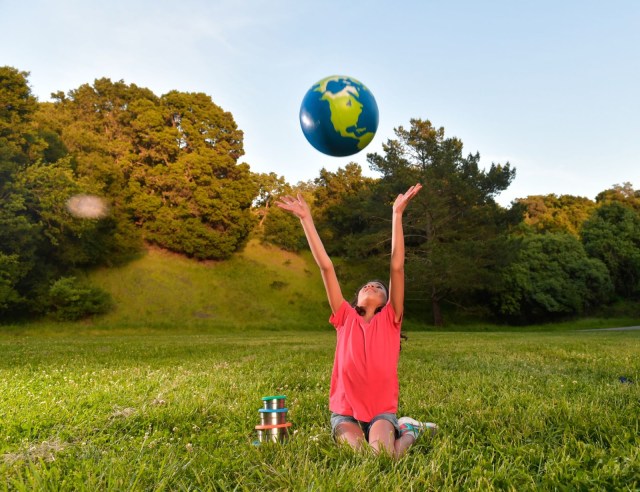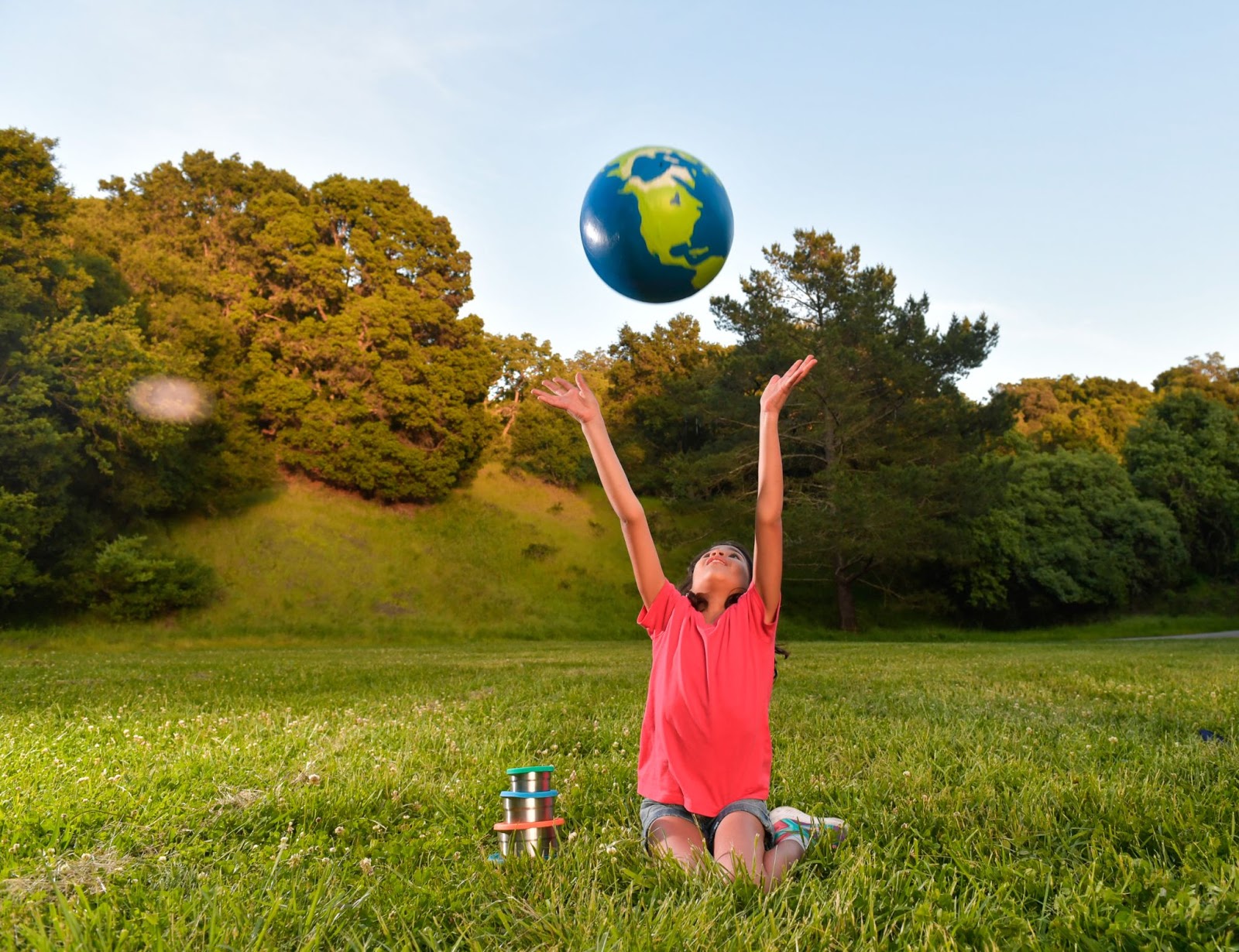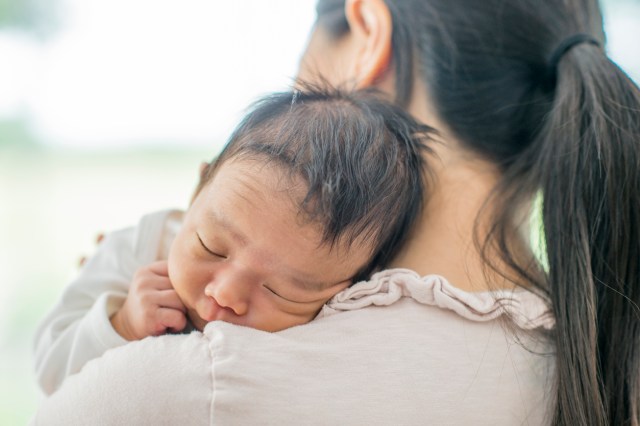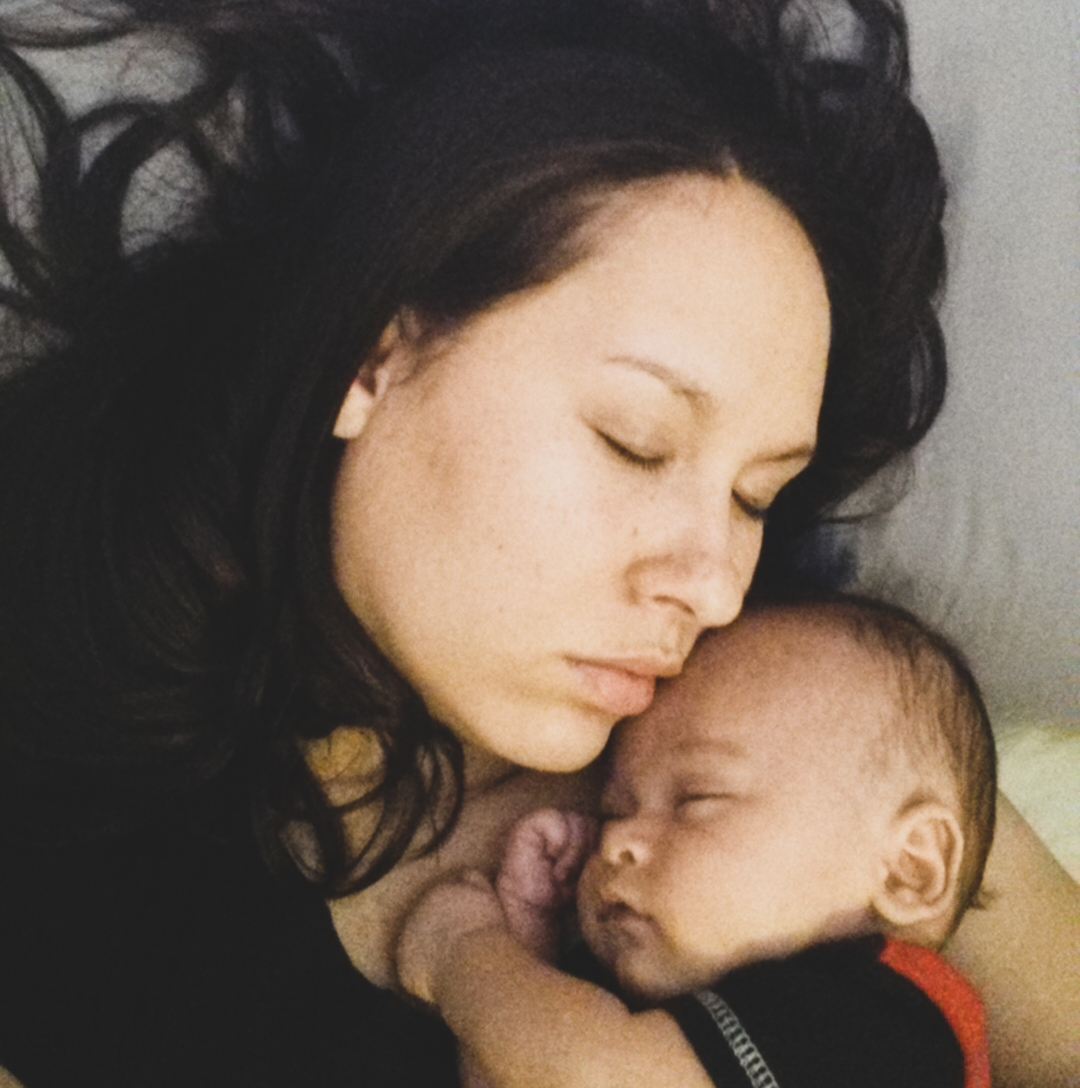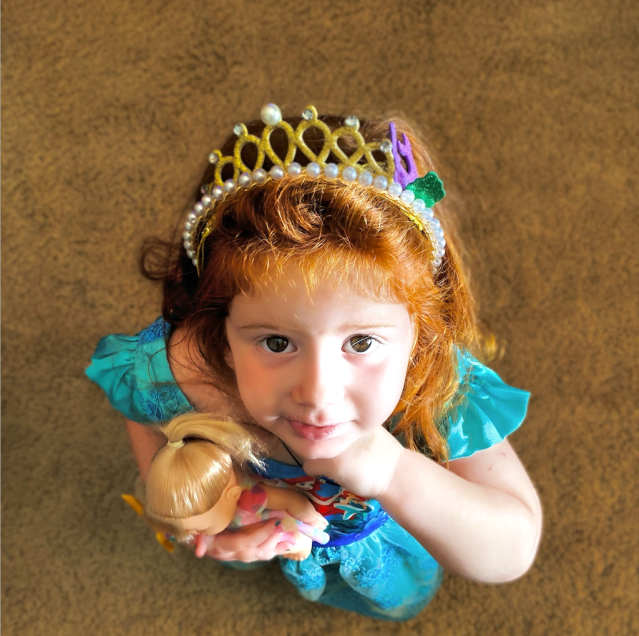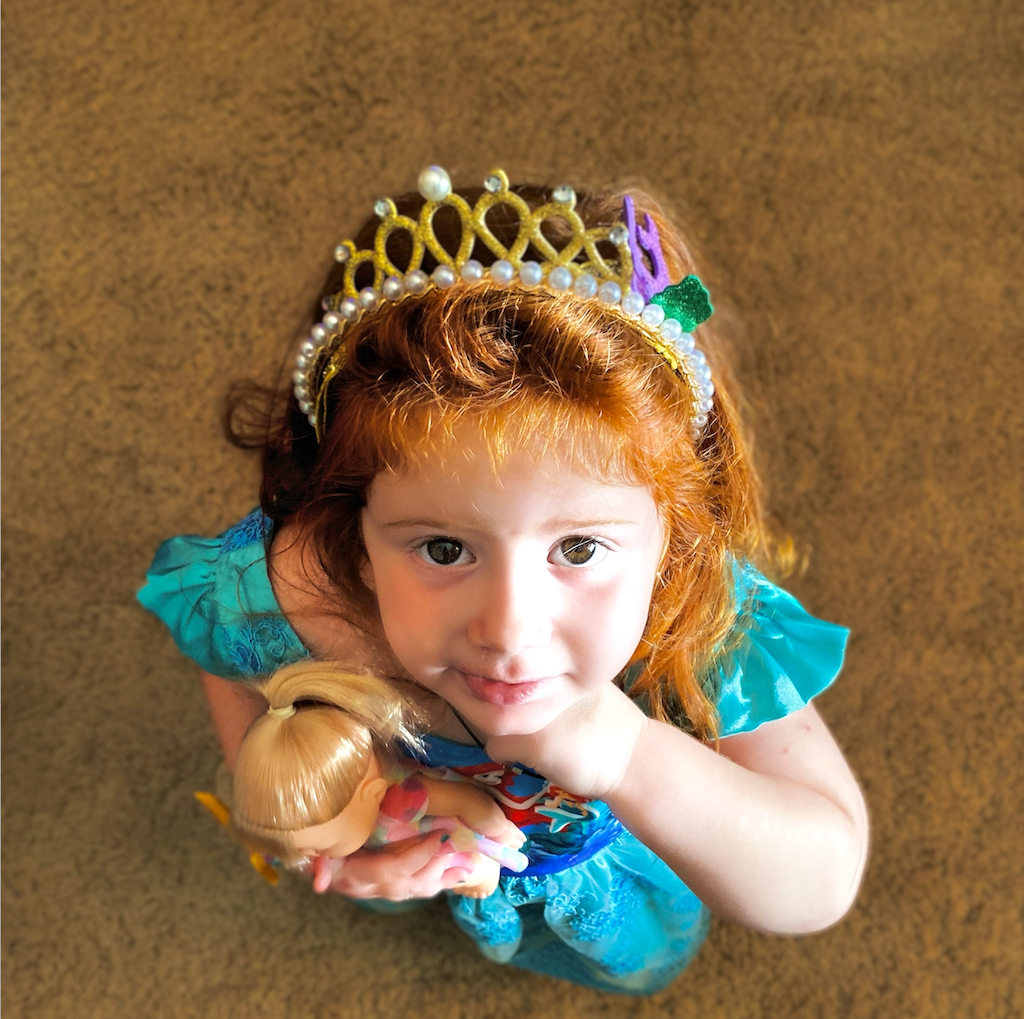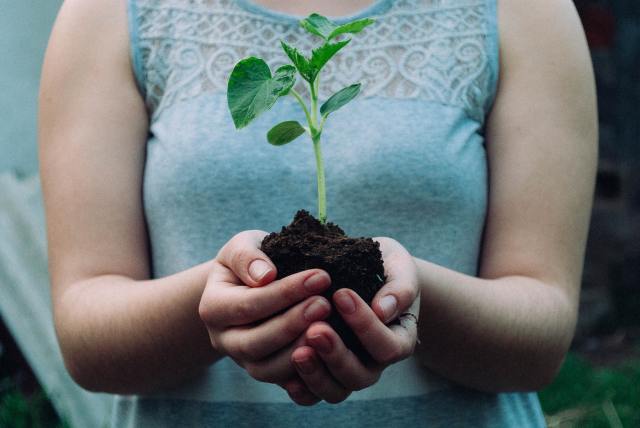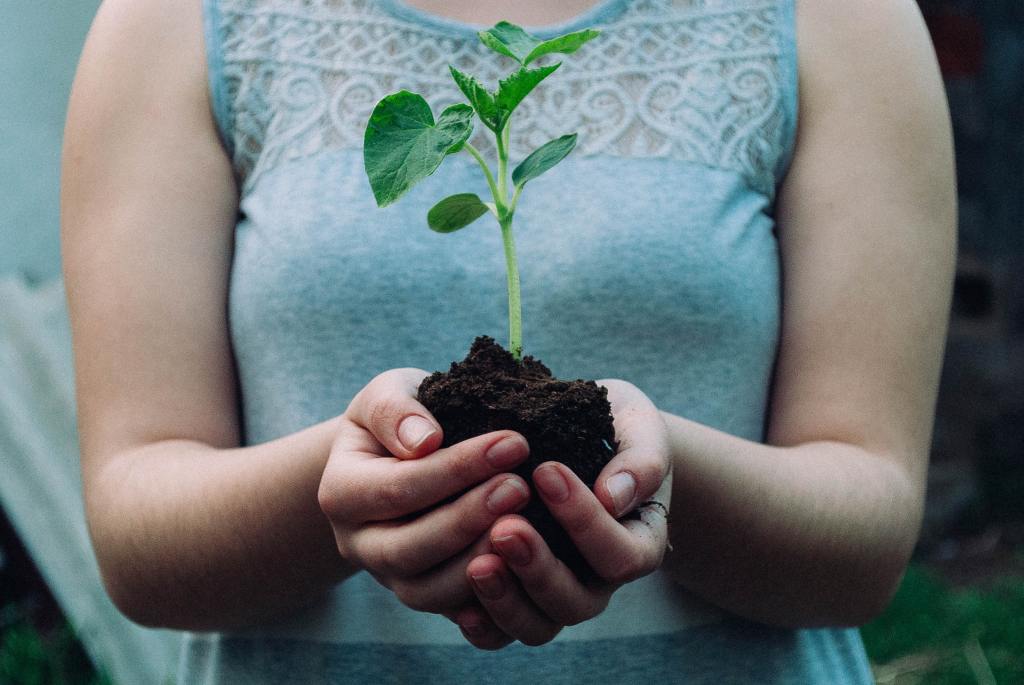My daughter’s soccer team trudged slowly off the field, sweaty and exhausted. They had been outmatched—and they had lost. Again. You win some, you lose some, as they say. But sometimes you lose a lot, as my daughter’s soccer team did that season. (The losing streak was so bad that at one point a parent on the sidelines said, “Can we please at least tie?”)
Nonetheless, the team returned to the field for practice a few days later. My daughter was happy to be there, slamming the car door shut and racing off to be with her friends. They threw themselves into drills and scrimmages, putting the loss behind them and preparing for the next game. While I hated seeing her team lose, I could also see that she was still thriving.
One of the benefits of youth sports—and the inevitable losses—is that it offers a low-stakes place to face challenges and handle defeat. It prepares them for future hurdles and disappointments, ones that will likely be much greater.
“Learning to cope with loss is important because they’re not always going to win later in life,” says Dr. Kate Lund, a psychologist and the author of Bounce: Help Your Child Build Resilience and Thrive in School, Sports and Life. “It’s an important skill to develop, to lose with grace, not to blame other people and to take responsibility for the loss.” Losing is never fun, but there are some character-building silver linings.
1. Losing Builds Resilience—Not Just for Sports, but for the Rest of Life
A 2019 study by a team of Brigham Young University professors found that high school students who had participated in youth sports showed higher levels of resilience than students who didn’t participate. The students who had participated in youth sports also showed higher levels of self-regulation, empathy and social competence.
Much of that resilience comes from dealing with losing: Acknowledging the loss, then getting back on the field. “It teaches them to get back up and try again,” Lund says.
2. Losing Teaches Them to Reframe the Story
Similarly, the ability to reframe a situation—examining something that’s happened and seeing it from another perspective—is a skill that helps kids manage disappointment not just in sports, but in all aspects of life.
When my daughter’s soccer team lost, their coach directed them to look for the positive moments in the game. She noted that one player completed a tricky move, another player broke away with the ball and that the goalie pounced on the ball in a particularly close save. It didn’t add up to a win that time, but the players could still savor those small victories.
3. Losing Can Drive Them to Work Harder
It’s a classic movie-montage, inspirational music-filled scene for a reason: Motivated by the sting of a heartbreaking loss, the athlete channels her emotions into her next practice, pushing herself to work harder, and to come back stronger, faster, better. (Cue the Rocky theme song).
4. Losing Offers an Opportunity for Bonding—for the Team & for the Parent & Child
Being part of a team—something bigger than themselves—means that players must handle the loss together. It’s a chance for them to learn to regroup as a team, figure out what worked and what didn’t and find a way to improve together, an experience that can bring them closer, Lund says.
It can also be an opportunity for a child to bond with a parent. In The Gift of Failure: How the Best Parents Learn to Let Go So Their Children Can Succeed, author and educator Jessica Lahey reminds us that youth sports give parents the gift of time with their children. That time includes supporting the child after a defeat. She quotes an Olympic medalist, who says, “The perfect sports parents would be the ones you never hear from the sidelines. They should be there after the game, to be supportive, when heartbreaking things happen…The perfect sports parent is there after the heartbreak to listen and help the kid find the positive in the heartbreak.”
5. Losing Helps Develop Empathy
Having felt the pain of a loss, kids develop a better understanding and connection with the underdog. They know firsthand how it feels to be the loser, and therefore, know how they’d like to be treated.
And when they do win—a few months later, my daughter’s team kicked off the season by coming in second place in a tournament—the victory is so much sweeter.
Ellen Lee is a sports parent and an independent journalist who writes about business, technology, parenting, race, gender… and everything in between.
